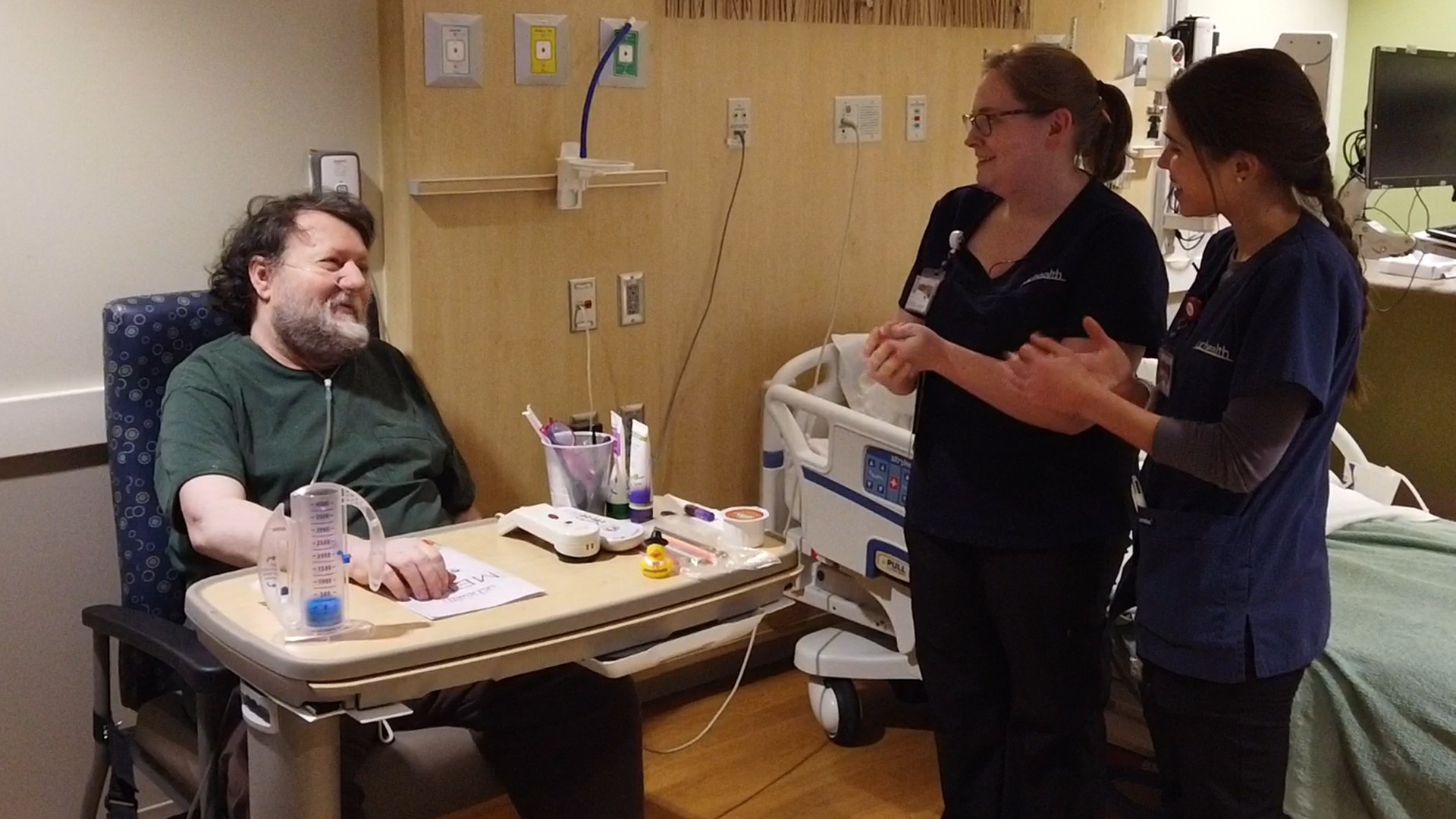Patient Satisfaction: A Key Component in Hospital Rankings and Reimbursement


As healthcare systems continue to move to value-based care models, the patient experience has emerged as a pivotal factor shaping hospital rankings and reimbursement models. Patient satisfaction, once considered a subjective measure, is now intricately linked to the overall performance and financial health of healthcare institutions. But how does patient satisfaction influence hospital rankings and reimbursement and what are its profound implications for the healthcare industry.
1. Shifting Paradigms in Healthcare Quality
Traditionally, hospital rankings were heavily based on clinical outcomes and medical excellence. While these factors remain vital, there is a growing recognition that the patient experience is equally critical in defining healthcare quality. As a result, patient satisfaction has become a key metric in shaping the perception of hospitals' overall performance.
2. The Advent of Value-Based Care
The transition from fee-for-service to value-based care models has been a catalyst in elevating the importance of patient satisfaction. In value-based care, reimbursement is tied to the quality of care provided, with a focus on achieving positive patient outcomes and experiences. Hospitals are incentivized to prioritize patient satisfaction to secure favorable reimbursement rates.
3. Linking Patient Satisfaction to Reimbursement
In recent years, various reimbursement models have incorporated patient satisfaction scores as a determining factor. Key mechanisms include:
Hospital Consumer Assessment of Healthcare Providers and Systems (HCAHPS):
HCAHPS is a standardized survey used to measure patients' perspectives on their hospital experiences.
Medicare ties a portion of hospital reimbursement to HCAHPS scores through the Hospital Value-Based Purchasing (VBP) Program.
Patient Satisfaction and Quality Improvement Initiatives:
Hospitals engaged in continuous quality improvement efforts, with a focus on patient satisfaction, are better positioned to thrive in value-based care arrangements.
High patient satisfaction scores positively impact hospitals' financial revenue.
Due to the peer ranking of hospitals patient-satisfaction scores, remaining stagnant is a recipe for disaster. Hospitals must compete with each to stay ahead of their peers and maintain their positive reimbursement rates.
4. Public Reporting and Hospital Rankings
Transparency has increasingly brought about public reporting of hospital performance data, including patient satisfaction scores, see how your hospital ranks - https://www.medicare.gov/care-compare/?providerType=Hospital. These rankings play a crucial role in shaping public perceptions, influencing patient choices, and affecting referral patterns among healthcare providers.
Online Platforms and Consumer Influence:
Hospital rankings are readily available to the public through online platforms, influencing patients' decisions about where to seek care. From the official medicare rankings, to Google reviews, to other review services, the variety of insights can vary dramatically.
Positive patient experiences contribute to a hospital's reputation and market competitiveness, with awards for patient care a focal point of advertising campaigns.
5. Building Trust and Loyalty
Patient satisfaction is closely linked to trust between healthcare providers and patients. Positive experiences contribute to patient loyalty, encouraging individuals to return to the same hospital for future needs and fostering a positive cycle of continued satisfaction and loyalty, extending to powerful word of mouth recommendations to friends and family.
6. Continuous Quality Improvement
Embracing patient satisfaction as a key performance indicator necessitates a culture of continuous improvement within healthcare organizations. Regular analysis of patient feedback, implementation of improvement initiatives, and proactive response to concerns contribute to enhanced patient satisfaction scores and overall care quality.
7. The Multi-Faceted Impact on Hospital Operations
The emphasis on patient satisfaction has far-reaching effects on hospital operations, influencing:
Staff Training and Development:
Ongoing training for healthcare staff on communication skills, empathy, and patient-centered care is crucial for enhancing patient satisfaction.
Technology Adoption:
Hospitals are increasingly leveraging technology, such as patient portals and telehealth services, to improve communication, accessibility, and overall patient experiences. Shortening the timeframe from patient satisfaction survey completion to hospital visibility and insight generation enables hospitals to pivot as needed to address emerging patient concerns or issues. But this also requires a designated team and a patient safety leader to bring about swift change.
Conclusion
Modern healthcare's focus on patient satisfaction has evolved from a qualitative metric to a quantitative measure with profound implications. Hospitals that prioritize patient satisfaction not only improve their rankings but also position themselves for financial success in value-based care models. The symbiotic relationship between patient satisfaction, hospital rankings, and reimbursement underscores the industry's commitment to providing care that is not only clinically excellent but also resonates positively with those it serves. Ultimately, the integration of patient satisfaction into the system of healthcare delivery is not just a strategic imperative; it's a testament to the industry's dedication to patient-centered, high-quality care.
Keep Exploring Our Work



